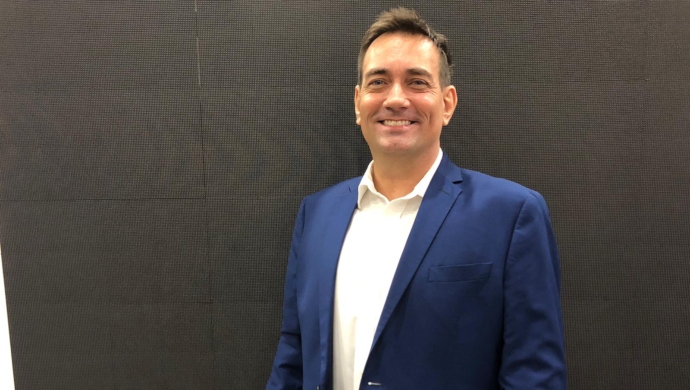And how can it be used to make the world a better place?

Artificial intelligence (AI) may be the most interesting discussion topic in the technology industry. It is simultaneously hailed as a savior to mankind or a destructive force that will leave everyone unemployed. As with most things, the truth is somewhere in the middle.
The next question is, what will this middle look like? What will the next few years look like? And how can it be used to improve the lives of regular people.
Scott Jones, the Managing Director of Six Kin, an artificial intelligence development company, spoke at Echelon Asia Summit 2019 and provided fantastic insights into the past, present and future of the industry.
Three waves
The most important thing to understand is that the history of AI can be broken down into three waves.
The first wave is already over, having ended in the mid-20oos. It has based on a highly logical “model-based approach” that laid the roadwork for the industry. Good examples of first wave artificial intelligence are computers that can play chess, Google Maps and software that can help complete legal paperwork.
Today we are in the second wave of artificial intelligence.
“The second wave of AI has been dominated by statistical machine learning techniques, made possible by advances in computing power and access to bigger data,” said Jones.
Also Read: This on-demand cleaning startup adjusts with the needs of Singapore’s market
This is the ability for AI to learn over time. The most famous examples are when Google’s AlphaGo beat a world champion and the continuing push towards self-driving cars.
However, second wave AI is far from perfect and while it sometimes seems like we are on the verge of a Terminator-style take over, that is not really the case.
Jones brought up the metaphor of a golf cart vs. an automobile. Today, cutting edge technology can reasonably drive a car around a parking lot without any incident. However, if someone were to take the same technology and throw it into a golf cart, the AI would have no clue how to operate the vehicle.
This is the key difference between AI and a human, who could easily figure out a golf cart after a minute of looking around.
Another interesting example is that if someone showed an AI computer a picture of a cat, the computer should be able to use statistical analysis to pinpoint that the picture is a cat. However, it would not be able to explain, “what is a cat”.
Finally, even these impressive feats are based on an enormous quantity of data. It takes engineers thousands and thousands of data sets to teach an AI machine, “this is a cat” whereby it only takes two or three explanations to get across the same point to a toddler.
Jones expects the second wave will continue to improve, but humanity won’t break into the third wave until the 2030s.
The third wave
The big step needed from the third wave of AI technology is expertise in managing abstract intelligence and contextual awareness.
“Instead of being fed enormous sets of labeled training data, Third Wave AI systems will learn from descriptive contextual models,” said Jones.
Also Read: Travel accommodation Luxstay secures funding from GS Shop & Bon Angels
This means, when an AI robot sees a cat, it will not churn through thousands of mathematical formulas to statistically decipher that the animal is a feline. Rather, it will see ‘whiskers, claws, tail, desire-to-destroy-hooman’ and immediately recognise it as a cat.
Essentially, AI will be excellent at perceiving, learning and reasoning. Importantly, this will require an ability to generalise, aka being able to understand that a golf cart probably works like a car.
If this happens, robots should be able to learn and function with minimal supervision.
Introducing Pandai
With this context in mind, Jones introduced his education product called Pandai (‘Smart’ in Bahasa Indonesia).
The best way to think of Pandai is the ‘next generation of e-learning’.
As Jones said, students across the world think, “e-learning equals no learning”. It is generally static and technology limits most platforms to a one-size-fits-all approach towards education.
Pandai is trying to replicate the advantages of a human teacher — being able to react to students, understanding when someone is weak in a subject, access updated knowledge and being available.
Jones said the technology is not quite there, but as a former educator he and his wife are passionate about making it happen. He pointed to 265 million kids across the world who are not in school, and that 22 per cent of them are primary school age.
Solving these kinds of problems can make for a better world, and help turn artificial intelligence into a tool for good.
—
The post What will the third-wave of artificial intelligence look like? appeared first on e27.